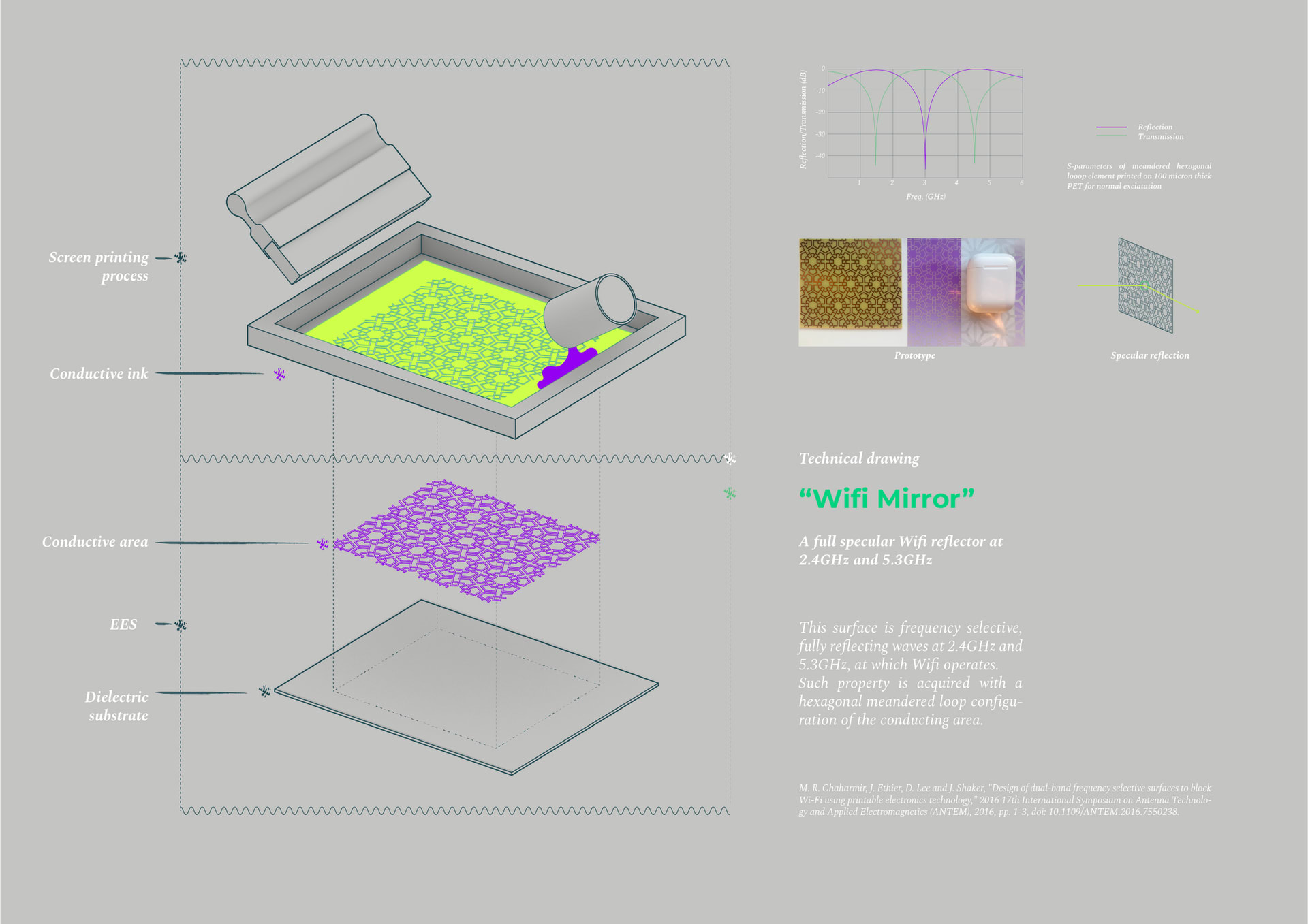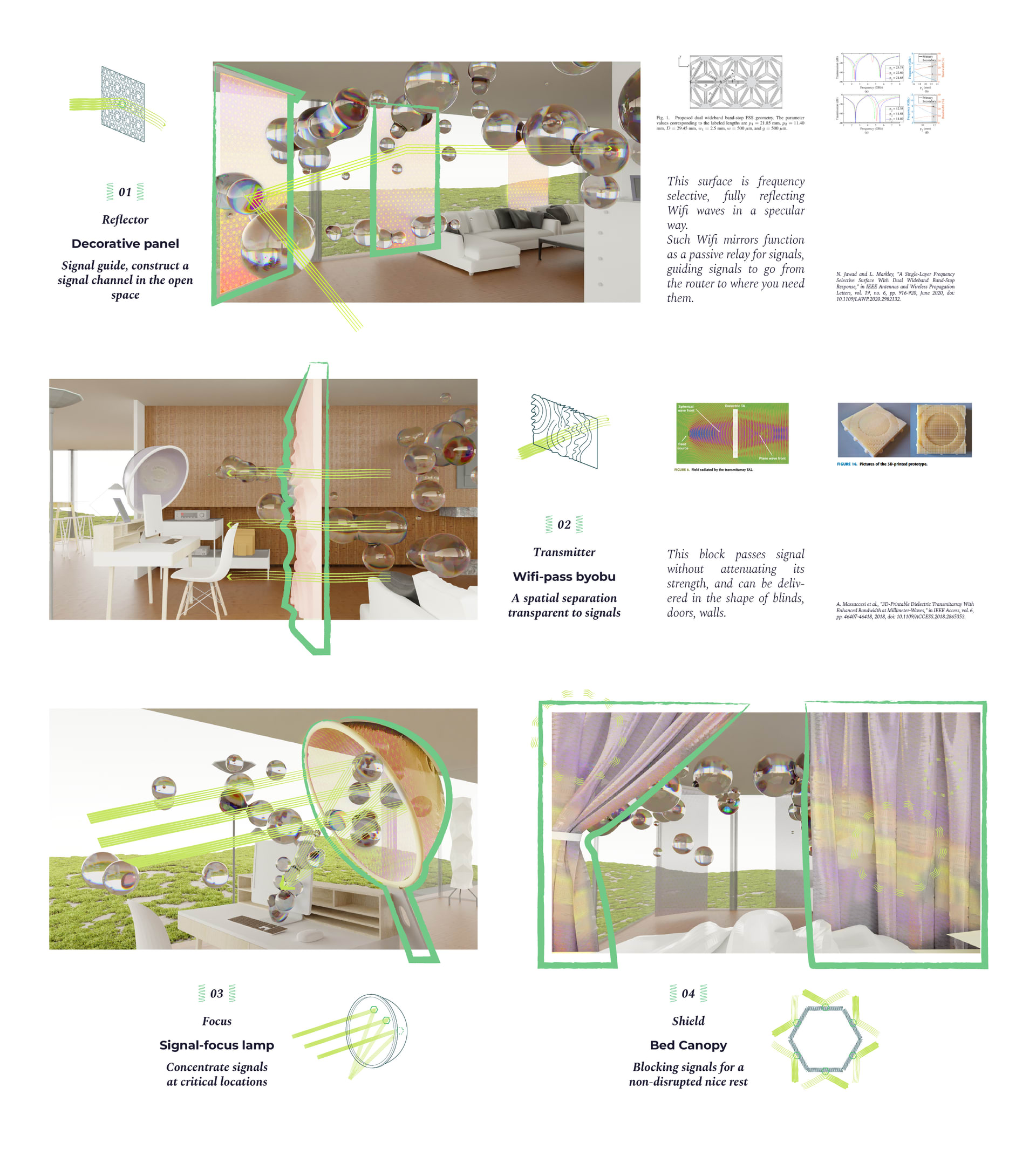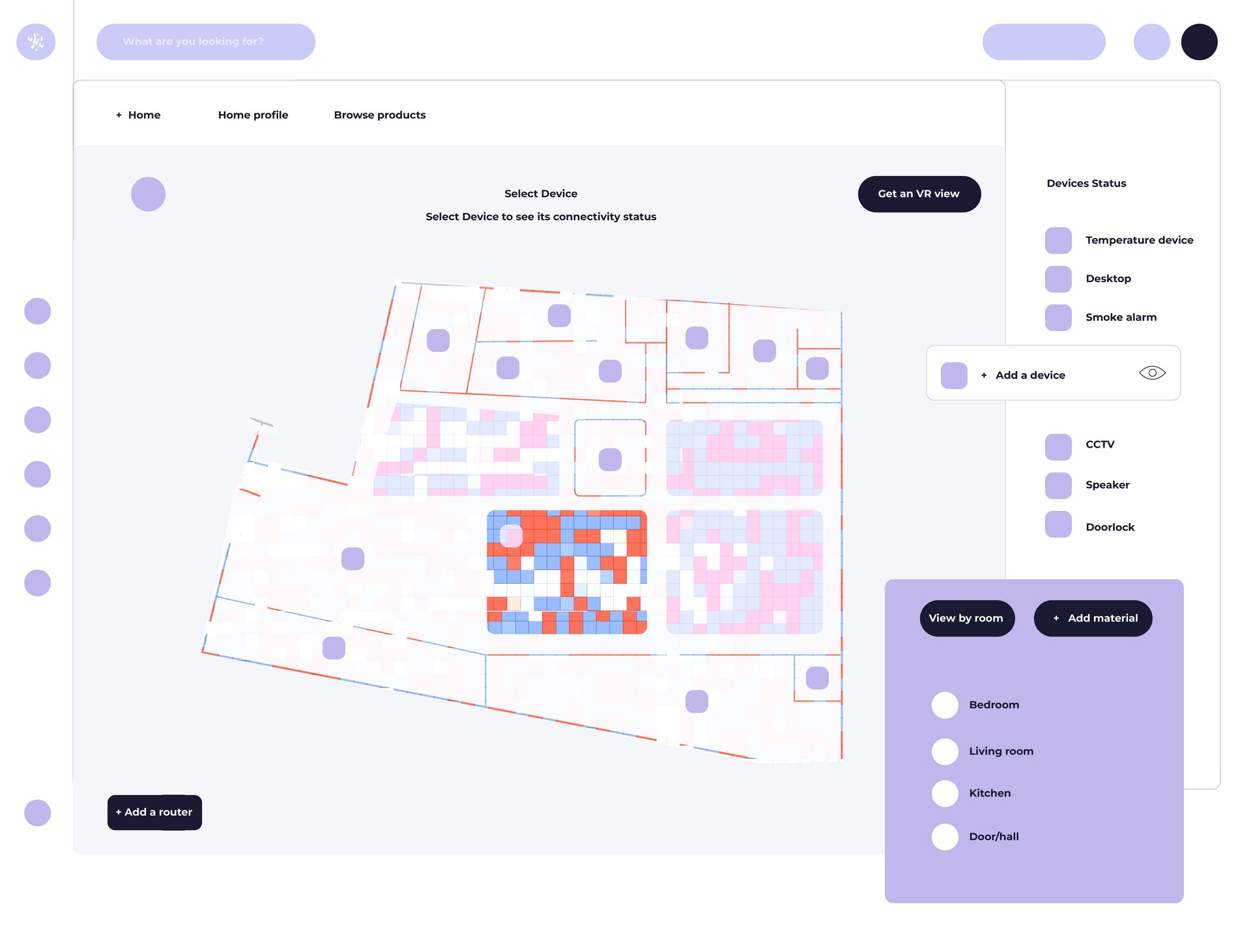Kuangxi is an interdisciplinary researcher and designer who navigates any swamp of information, gains insights, identifies patterns, constructs and overhauls systems.
She helps the systems take shape into a kaleidoscope of facts and details with a combination of rigorous extrapolation and unbridled flexibility.
Academically trained as an architecture/innovation student, her explorations cover a wide range of fields including wireless communication, acoustic environment, smart material, human-plant interface, pharmaceutical information, etc. Skills cover analysis, multimedia communication, procedural/interactive 3D packages, simulation, etc.


















